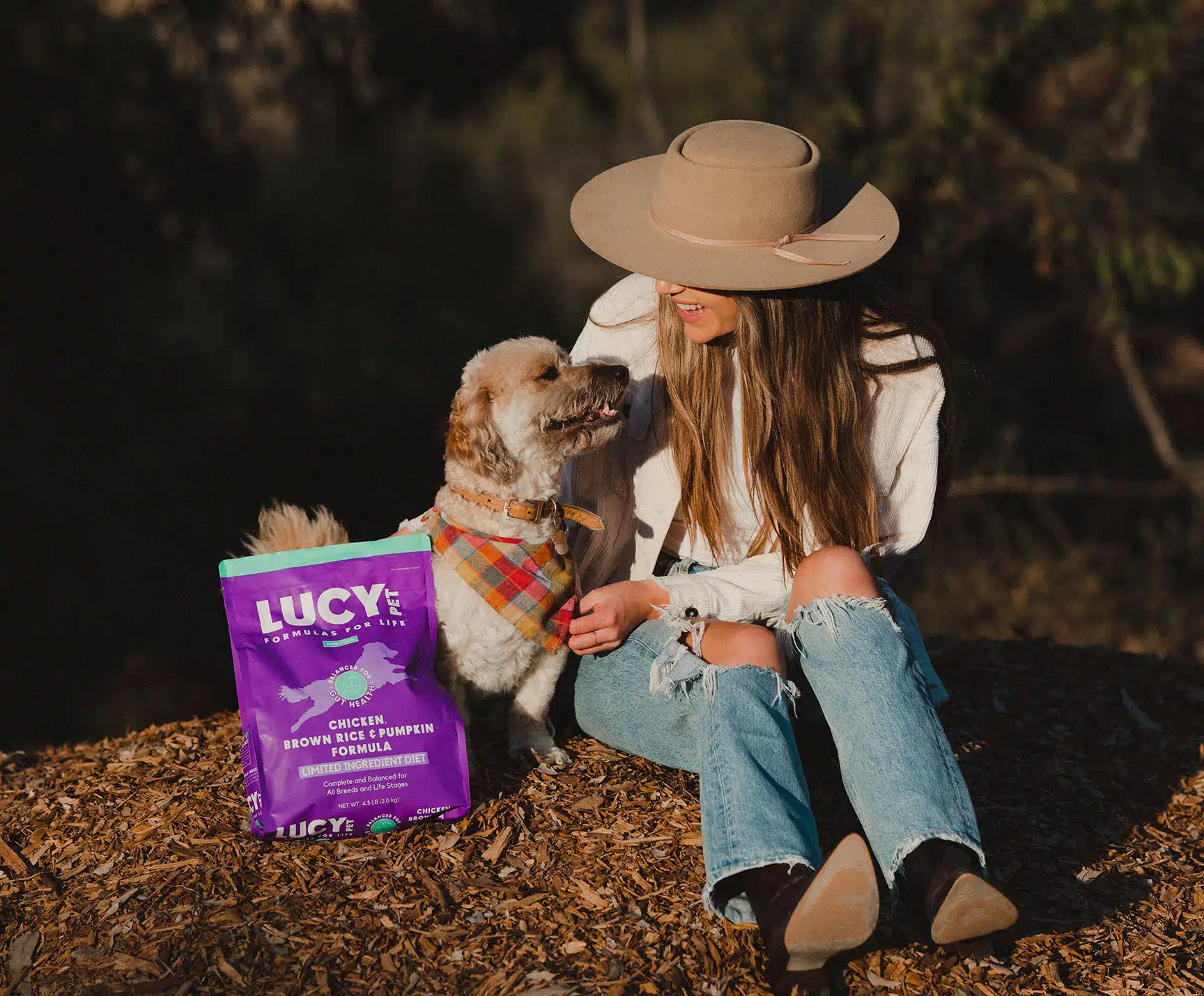
Cleaning Your Pets Ears
Since cats and dogs have much longer ear canals than people do, infections usually start way down at the eardrum and work their way upward, so by the time you actually see debris, the infection has most likely been there a while. Dogs and cats are susceptible to ear infections because of their long, L-shaped canals; some dogs have wax-trapping hair lining the canals as well. And dogs that have moisture-sealing ear flaps provide the perfect swamp-like environment for bugs to thrive.
Look at your pet’s ears. They should have very little odor or discharge, but a small amount of wax is normal. If you see debris, redness, hair loss, or crusting, or your pet seems to be in pain when its ears are touched, it could be a sign of an ear infection. Look for abnormalities on the outside of the ears, a happy home for some parasites. Hair loss, crusting, and redness can indicate mites, allergies, or infection. Ears should be flat, not swollen. Flies will sometimes bite at the tips of dogs’ ears, so carefully check along the edges. Cats and dogs will shake their heads or paw at their ears when their ears are bothering them. Also, if your pet is prone to ear infections, learn how to properly flush out the ear canals.
How often to clean depend on the pet and how many predisposing factors they have. I usually recommend ear cleaning, at least, every two weeks for dogs. Regular ear cleaning can drastically reduce the number of infections your pet develops.
Common signs of an ear infection:
- Scratching at ears
- Foul odor
- Head tilt
- Shaking head
- Debris or redness in ears
- Holding ears at a funny angle
Factors that predispose pets to ear infections:
- Breeds with long, heavy, floppy ears, like poodles, retrievers, basset hounds, and spaniels
- Pets that make excessive wax
- Hair in ear canal
- Dogs that swim
- Dogs and cats with allergies
- Tumors, polyps, or foreign bodies in the ear
- Hypothyroidism
How to clean the ears: Use an ear cleaning solution made for dogs and cats. Squirt the solution into the ear, filling the entire canal, and gently massage the ear base for 60 seconds. The solution should hit the eardrum and flow back out of the ear if you have completely filled the canal. Wiping or cleaning only the upper portion of the canal does nothing for the lower portion, which is where infections usually begin. Let your pet shake its head, then use a cotton ball to wipe out any debris. Repeat the whole process until cotton balls come out clean.
Things to avoid when cleaning: Never use Q-tips, since they can easily break off and get lodged in your pet’s ear canal.- Never clean ears with peroxide, soap, water, or oil, as these can irritate the skin lining the canal or set up the perfect environment for an infection.
The bottom line is to learn what your pet’s ears normally look like so you’ll spot a problem early—before a severe infection or illness sets in.
by Doc Halligan






Leave A Comment
You must be logged in to post a comment.